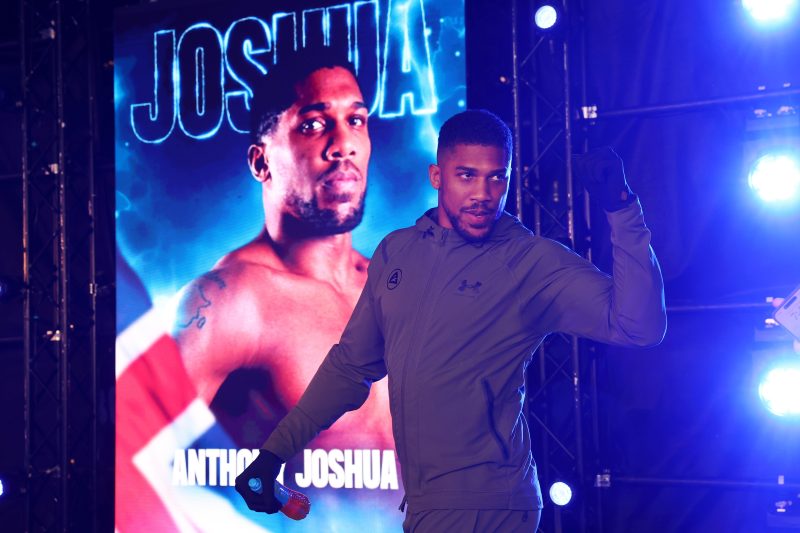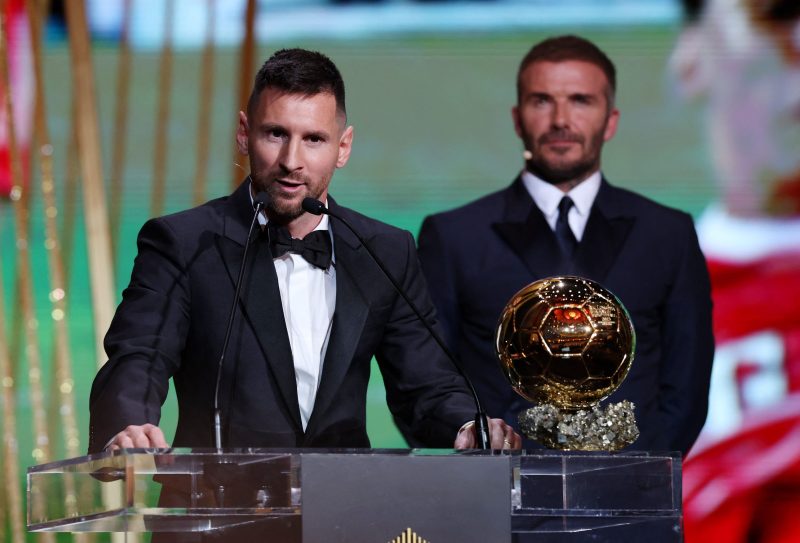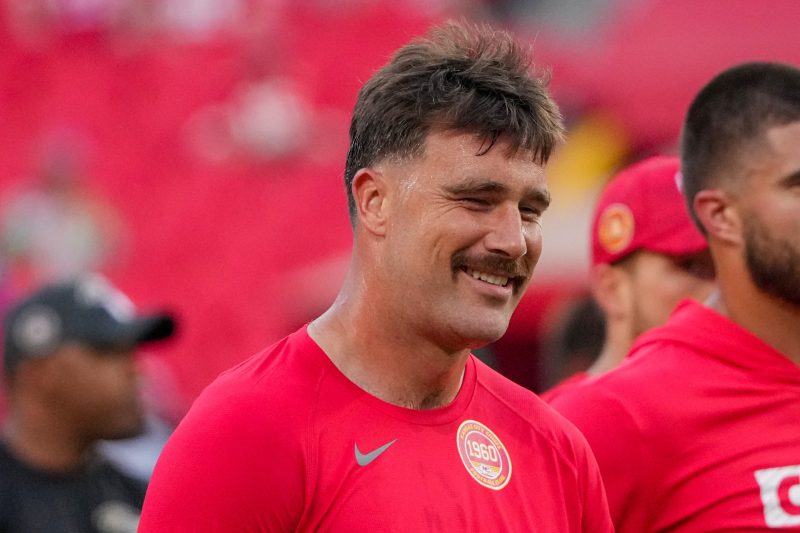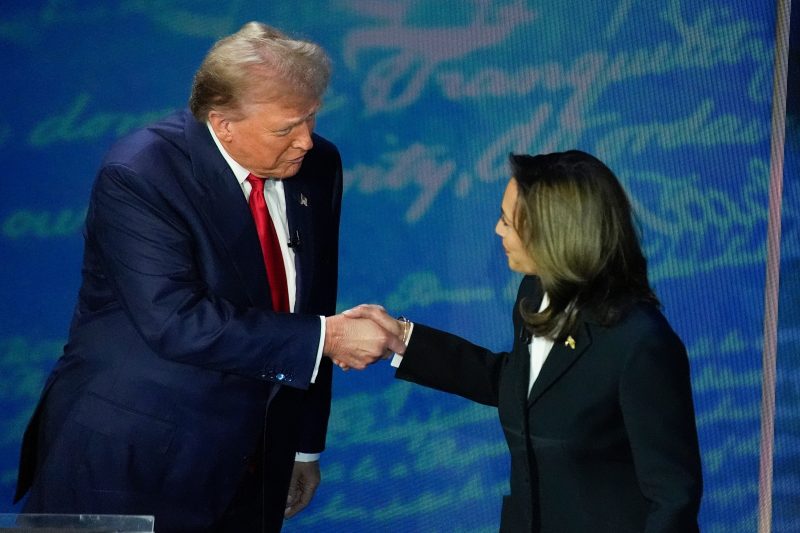Know the red flags: How to recognize and prevent abuse in youth sports
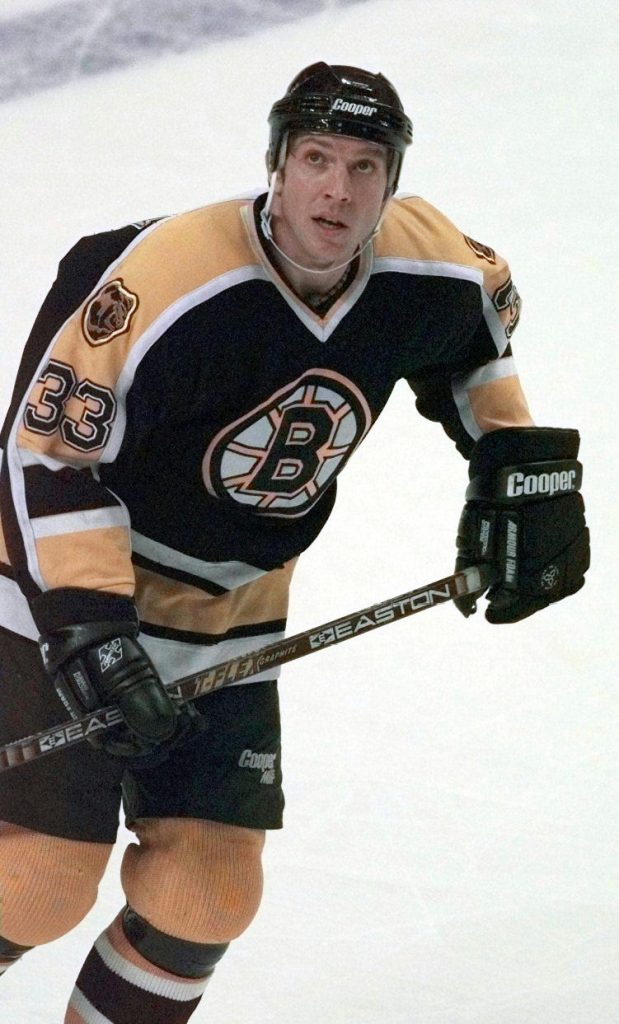
This story was updated to correct a misspelling/typo.
Sheldon Kennedy remembers playing his first hockey game when he was 4 years old, on an outdoor rink in Winnipeg, Manitoba.
His family lived on a dairy farm several hours west in the Canadian province. Kennedy played tournaments on weekends and, in between, the games shifted to the road once the street lights came on.
His love of hockey softened the hard work on the farm and the anxiety brought on by a father he describes as angry and violent.
“We weren’t modeled with a great loving relationship between mother and father, I can tell you that,” Kennedy, who played parts of eight seasons in the NHL, recalled in a 2022 Players’ Tribune podcast.
Kennedy’s junior hockey coach offered much more of a connection. He called Kennedy’s parents and invited the young player to stay at his house and discuss Kennedy’s future. They couldn’t get Kennedy on the bus fast enough.
It was a decision that altered his life forever. The coach abused him for a number of years.
“I had the love of the game stolen from me,” Kennedy said.
The experience drove Kennedy to depression, substance abuse and suicide attempts. In 1996, late in his NHL career, he became one of the first prominent male athletes to come forward about being sexually abused.
He became a hero in Canada and in 2004, he started the Respect Group with Wayne McNeil to help sports organizations across his nation prevent what happened to him.
Sexual abuse in youth serving organizations is a recognized problem in countries all over the world, according to Canada’s Child Advocacy Centre. Protect Youth Sports, a U.S.-based organization, runs more than 1.1 million volunteers through background checks each year.
“The stories are scary,” says RJ Frasca, Protect Youth Sports’ vice president. “It’s incredibly important to have communication lines open with your kids. I think it’s much more effective than the background screening itself.’
USA TODAY Sports spoke with Frasca and McNeil, Kennedy’s business partner, about how we can recognize signs of physical and emotional abuse and prevent it in youth sports.
(Questions and responses are edited for length and clarity.)
Start with background screenings. (No one is exempt.) But recognize this is just the first step.
In the United States, a number of companies, such as Protect Youth Sports and NCSI, offer background screenings for schools, leagues, camps and other youth organizations and institutions.
USA TODAY: Is there a success rate with background checks?
RJ Frasca: Of the 1.1 million visitors we run, about 6% come back with some type of criminal conviction or they’re on the sex offender registry. Most recently, we had a coach come through and we caught him on a very recent criminal charge. Then he resubmitted four times with different dates of birth, social security numbers, really trying to get around the system. And I don’t know his backstory, maybe he just really wanted to coach his son’s team or daughter’s team, but kept going through to the point where then he finally admitted it. But he said that he had legal court documents that showed that (the charge) had been dismissed and he had some documents that falsified a judge’s signatures on it.
This one was not a sexual charge (but) it was a criminal conviction. We verified it with the courts. And (they said), ‘It’s not been dismissed.’
Wayne McNeil: A police check feels good, but coaches that have been convicted often know how to play around the system, or they go to organizations that don’t demand screening or a police check. And (there’s people) that have been accused but never convicted (and) they don’t show up in a police check.
I think what our approach is, empower the bystander.
Know the warning signs: Abuse, particularly sexual abuse, is not always easy to spot
The Respect In Sport program has trained about 2.5 million volunteers through its online programs in preventing abuse.
They learn we can’t just look for stranger danger: The white van or the guy with the mask. The vast majority of sexual abusers know their victims and go to great lengths to not only get close to the victim, but to establish themselves with the victim’s family. This process is known as grooming.
Grooming can come in the form of offering gifts to a child and making them feel special with one-on-one meetings away from the team.
Kennedy says his abuser got to know his parents and brother and then made himself the most trusted figure in Kennedy’s life by isolating Kennedy from them.
Abusers are known to target kids from broken homes where parents may be absent at times. Victims feel alone and trapped. Kennedy kept his secret for so long because, like many kids, he felt no one would believe him.
USA TODAY: What are some of the detecting skills that you highlight within your programs?
Wayne McNeil: A coach starts treating your kid a bit differently, maybe saying, ‘Why don’t we have a one-on-one practice? Can I pick you up?’ A lot of parents turn off those signals because they want the kid to succeed. And they’re like, ‘Oh my god, this Olympic coach is starting to spend a lot of time with my kid, that’s probably a good thing.’ Well, it could be, but highly unlikely that it is because they’ve got several people they need to coach and maybe this behavior is going down a different path. I always used to say that the kiss of death is when a coach tells a parent that your kid has potential and I personally can take them all the way to the podium or to the pros, just entrust your child to me.
RJ Frasca: Anybody can see a bruise (although kids may cover it with long sleeves out of embarrassment) but not necessarily a different behavior, how the coach is speaking to the kids or how your child is off in a corner somewhere and isolated. You need to be watching if there’s an uptick in anxiety or fear, or if a specific kid on the team does not want to associate with a certain adult … you see the drawing away socially, social awkwardness or distancing; watch for those types of things, and if they can’t be explained otherwise.
Understand there are different types of abuse, and they all blend together
All of these types of abuse can unfortunately be found in youth sports.
BAHD behavior, as the Respect Group refers to bullying, abuse, harassment and discrimination, can overlap and be difficult to separate.
Its training module, to which USA TODAY Sports was granted access, stresses a volunteer doesn’t have to name a behavior in order to take action to stop it. We can just use our gut if something doesn’t seem right.
Related: Watch a safety training video provided by Protect Youth Sports (note: contains some graphic content)
USA TODAY: What are signs in kids’ behavior that indicate there might be a problem?
Wayne McNeil: If there’s a sudden change in the kid’s behavior relative to the sport, you need to figure out what’s going on. And oftentimes it could be bullying between other kids. They’re not feeling accepted by their peers. Oftentimes it could be the coach excluding them from the play. There’s all sorts of things that lead to sudden changes in a kid’s behavior. And when that happens, whatever the change is, you need to be wondering, why doesn’t my kid want to practice? Why doesn’t my kid want to go to the game when they used to be so pumped about going to the game? And maybe there’s something going on with the peer group or the coach that’s causing that to happen. Conversely, if a coach is seeing behavior changes in the kid, they need to be aware of the fact that, maybe there’s something going on at home, maybe there’s some ugly things happening at school.
Watch for these red flags of abusive behavior
Predatory or abusive behavior often builds over time, according to the Respect Group. We can watch for behavior that seems out of the ordinary and catch the abuse before it starts. Don’t dismiss flirting between a coach and a younger participant, a coach who encourages inappropriate attention with vulgarities or excessive hugging or physical contact, even when it appears consensual.
Watch for a coach spending one-on-one time after practice or away from the group with one player while it’s still going on.
Establish a “Rule of Two,” which the Respect Group teaches, requiring there to be at least two leaders (one of the same gender) with a young person. One-on-one interaction must be within earshot of the other.
Learn to identify the forms of emotional abuse, which consists of both physical abuse (a coach who throws objects at or near someone to cause them to feel afraid or intimidated) and neglect (a coach who frequently ignores a player as a way to “toughen up” or motivate them to perform better), regardless of intent.
These are no longer behaviors accepted in coaching, and they can lead to emotional harm.
Coach Steve: What young athles can learn from the late Frank Howard – and not Bob Knight
Have the courage to speak up if something doesn’t seem right.
USA TODAY: In terms of preventing abuse, are there things you teach adults to say to their kids about what to look out for?
RJ Frasca: It’s really just working with the league and the community that you’re putting your kids in the sports, to make sure that there’s a good code of conduct reporting mechanism and program in place. And then, you know, participating in it. Don’t just drop your kids off; be part of it.
Only 38% of youth that are abused in any form or fashion ever report it. That’s a terrifying number. So, are we encouraging them to really, really communicate and ask those right questions as they go along through the season? There’s a lot of opportunity to increase your chances of communication, if you’re asking the right questions, if you’re talking to them at their level, at their age group, and really starting to dig in on like, ‘What do you think of this? And how are the other kids? What happened today at practice? How did that happen? Why did you say this? And how do you feel?’ Those type of questions.
Preventing abuse is about making good sense common again
When he was first beginning his journey of self-discovery, Kennedy rollerbladed across Canada to spread awareness for victims of abuse.
Speaking to people, he says he came to learn perpetrators prey on communities’ ignorance and indifference.
In the United States, the SafeSport Act requires amateur athletics governing bodies to report awareness of any case of abuse immediately to local or federal law enforcement or to a child-welfare agency designated by the U.S. Justice Department and have education and training for adults who are in direct contact with athletes who are minors.
“Sheldon has a great saying,” McNeil says. “It’s not common sense; it’s good sense that we need to be common again.”
USA TODAY: How do you promote a different type of coaching in your program that gives people the proper training on how to be coaches?
Wayne McNeil: If I were to encapsulate it, I would say it’s trying to create an environment that is psychologically safe, and, obviously, with concussions and so on, physically safe. It’s not about skills development: Here’s how to kick a soccer ball or shoot a puck. It’s really giving coaches, if we’re talking about the coach program, the insights and guidelines on how to create an environment that’s respectful, welcoming and psychologically safe. Hey, if I treat my kid, the ref, the coach with respect and vice versa, chances are I’m going to have a psychologically safe environment for which that kid can participate.
People are like, ‘Why do I have to take a program?’ Well, the answer is, you’re a good person, and you’ve probably never had this education, so we give you more tools to be a little bit better; it’s advantageous for you and it’s advantageous for your child.
We’re under no illusions that our program is going to catch an abuser, and that’s really not our focus. Our focus is, if you can empower everybody in a situation with a good education, they will be the ones that call out the anomalies, whether it be a parent or coach.
Steve Borelli, aka Coach Steve, has been an editor and writer with USA TODAY since 1999. He spent 10 years coaching his two sons’ baseball and basketball teams. He and his wife, Colleen, are now sports parents for two high schoolers. His column is posted weekly. For his past columns, click here.
